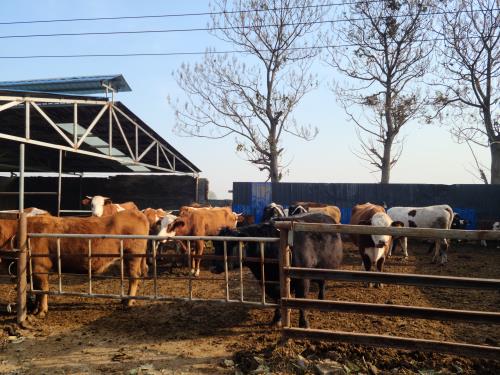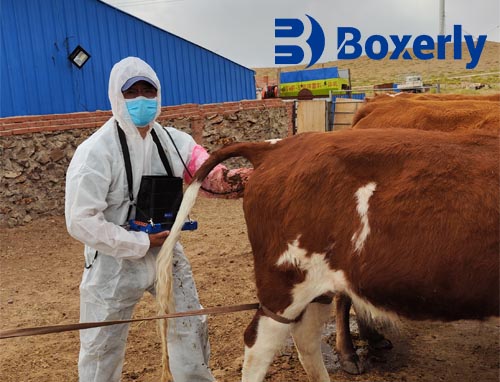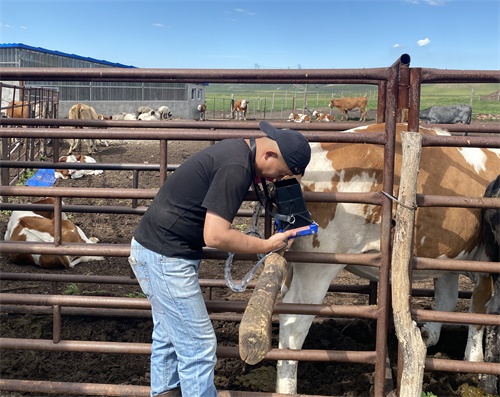Ovarian cysts are a common reproductive disorder in dairy cows and a frequent reason for reduced fertility. They lead to irregular cycles, missed heats, and longer calving intervals—all of which cost farmers both time and money. Early and accurate detection is key to minimizing losses. But how can farmers ensure they’re catching these cysts before they become a major herd issue?
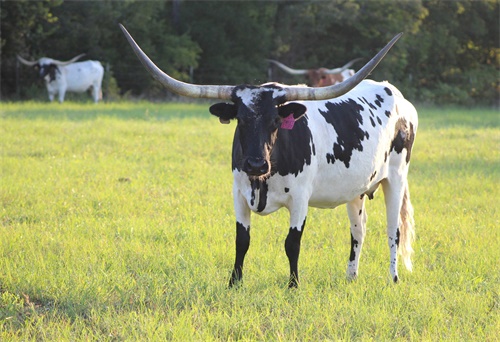
What Are Ovarian Cysts?
An ovarian cyst is a fluid-filled structure on the ovary that fails to ovulate. They are usually classified as:
Follicular cysts → thin-walled and produce excess estrogen.
Luteal cysts → thicker-walled and secrete progesterone.
Both types interfere with normal reproductive cycles and reduce conception chances if left untreated.
Why Early Detection Matters
If ovarian cysts go unnoticed, cows may:
Fail to show heat cycles.
Return to heat irregularly.
Require multiple inseminations.
Have extended days open, reducing overall productivity.
Here’s a comparison of detection methods farmers and vets often rely on:
| Method | Accuracy | Practical Notes |
|---|---|---|
| Rectal palpation | Moderate | Quick, but cyst type may be misdiagnosed |
| Ultrasound examination | High | Clear visualization of cyst size and type |
| Hormonal testing | Variable | Useful for confirming diagnosis but slower |
Practical Farm-Level Signs
Farmers may suspect cysts if they observe:
Cows showing prolonged heat signs without ovulation.
Irregular or absent heats despite good body condition.
Higher repeat-breeding rates in certain cows.
These indicators should always lead to a veterinary check for confirmation.
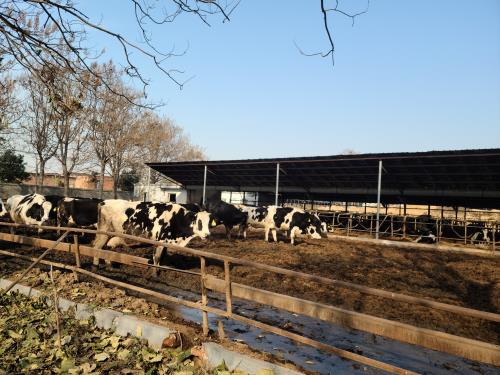
Management and Treatment Options
Once diagnosed, treatment can be effective if applied quickly:
Hormone therapy (GnRH or prostaglandins) to restore cycle balance.
Timed AI programs to synchronize breeding after treatment.
Close monitoring of at-risk cows, especially high-yielding dairy cows prone to metabolic stress.
Conclusion
Detecting ovarian cysts accurately is crucial for maintaining herd fertility and minimizing economic losses. While farmers can watch for behavioral changes, veterinary examinations—especially ultrasound—remain the most reliable way to distinguish cyst types and guide treatment. Early action ensures cows return to productivity faster and improves farm reproductive efficiency.


